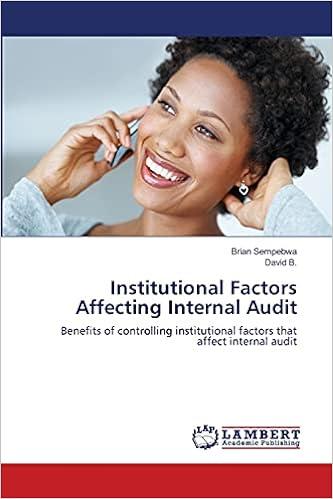Go to the Companion website for this book, download the Dell data file, and answer the following questions.\ 6. Recode the respondents' answers based on total hours per week spent online (ql) into two groups: five hours or fewer (light users) and six hours or more (heavy users).\ 7. Recode the respondents' answers based on total hours per week spent online (ql) into three groups: five hours or fewer (light users), six to ten hours (medium users), and eleven hours or more (heavy users).\ 8. Form a new variable that denotes the total number of things that people thave ever done online based on q2_1 to q2_7. Note the missing values for q2_1 to q2_7 are coded as 0 .\ 9. Recode
q4 (overall satisfaction) into two groups: Very satisfied (rating of 1 ), and somewhat satisfied or dissatisfied (ratings of 2,3, and 4).\ 10. Recode q5 (would recommend) into two groups: definitely would recommend (rating of 1), and probably would or less likely to recommend (ratings of
2,3,4, and 5 ).\ 11. Recode q6 (likelihood of choosing DELL) into two groups: definitely would choose (rating of 1), and probably would or less likely to choose (ratings of
2,3,4, and 5).\ 12. Recode q9_5per (q9A) into three groups: definitely or probably would have purchased (ratings of 1 and 2), might or might not have purchased (rating of 3 ), and probably or definitely would not have purchased (ratings of 4 and 5).

Go to the Companion website for this book, download the Dell data file, and answer the following questions. 6. Recode the respondents' answers based on total hours per week spent online (q1) into two groups: five hours or fewer (light users) and six hours or more (heavy users). 7. Recode the respondents' answers based on total hours per week spent online (q1) into three groups: five hours or fewer (light users), six to ten hours (medium users), and eleven hours or more (heavy users). 8. Form a new variable that denotes the total number of things that people thave ever done online based on q2_1 to q2_7. Note the missing values for q2_1 to q2_7 are coded as 0 . 9. Recode q4 (overall satisfaction) into two groups: Very satisfied (rating of 1 ), and somewhat satisfied or dissatisfied (ratings of 2,3 , and 4). 10. Recode q5 (would recommend) into two groups: definitely would recommend (rating of 1 ), and probably would or less likely to recommend (ratings of 2, 3, 4, and 5). 11. Recode q6 (likelihood of choosing DELL) into two groups: definitely would choose (rating of 1), and probably would or less likely to choose (ratings of 2,3,4, and 5 ). 12. Recode q95 per (q9A) into three groups: definitely or probably would have purchased (ratings of 1 and 2), might or might not have purchased (rating of 3), and probably or definitely would not have purchased (ratings of 4 and 5). Go to the Companion website for this book, download the Dell data file, and answer the following questions. 6. Recode the respondents' answers based on total hours per week spent online (q1) into two groups: five hours or fewer (light users) and six hours or more (heavy users). 7. Recode the respondents' answers based on total hours per week spent online (q1) into three groups: five hours or fewer (light users), six to ten hours (medium users), and eleven hours or more (heavy users). 8. Form a new variable that denotes the total number of things that people thave ever done online based on q2_1 to q2_7. Note the missing values for q2_1 to q2_7 are coded as 0 . 9. Recode q4 (overall satisfaction) into two groups: Very satisfied (rating of 1 ), and somewhat satisfied or dissatisfied (ratings of 2,3 , and 4). 10. Recode q5 (would recommend) into two groups: definitely would recommend (rating of 1 ), and probably would or less likely to recommend (ratings of 2, 3, 4, and 5). 11. Recode q6 (likelihood of choosing DELL) into two groups: definitely would choose (rating of 1), and probably would or less likely to choose (ratings of 2,3,4, and 5 ). 12. Recode q95 per (q9A) into three groups: definitely or probably would have purchased (ratings of 1 and 2), might or might not have purchased (rating of 3), and probably or definitely would not have purchased (ratings of 4 and 5)







